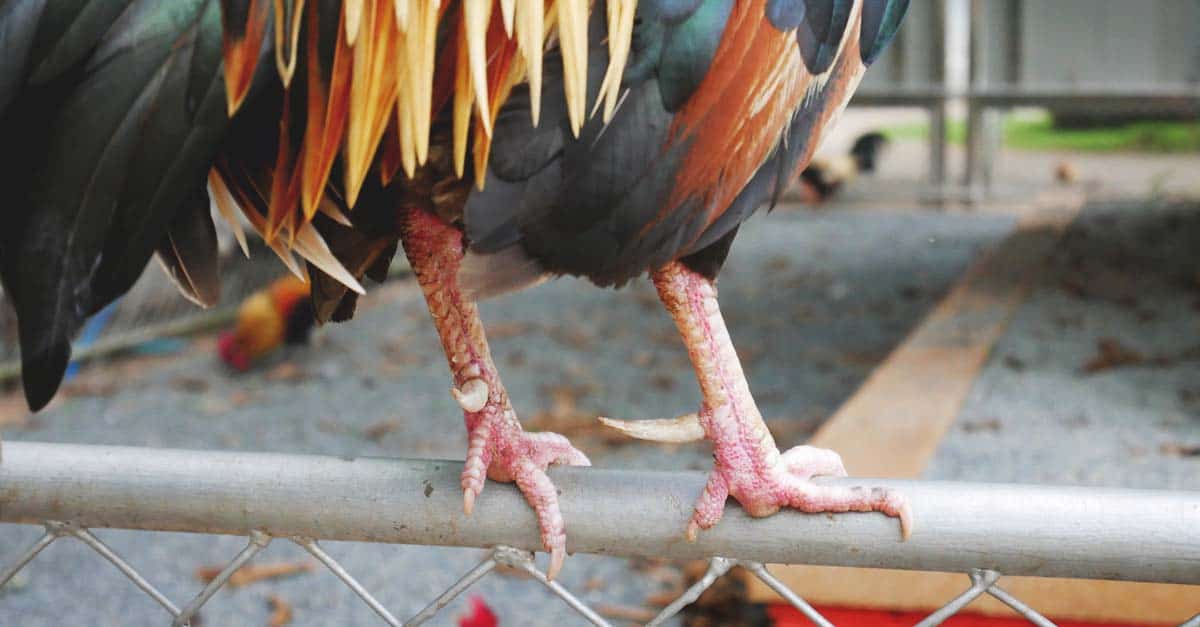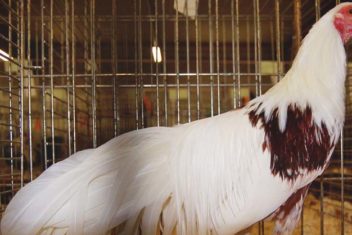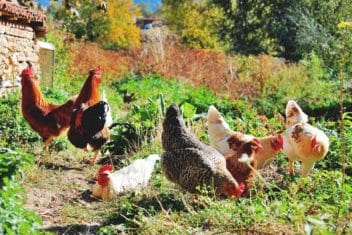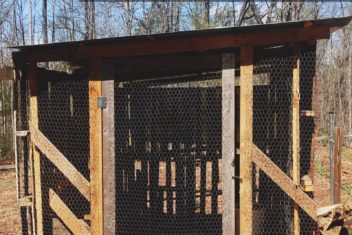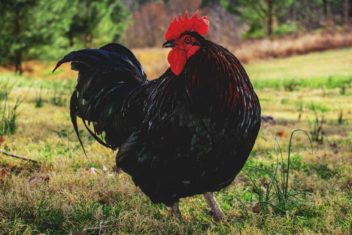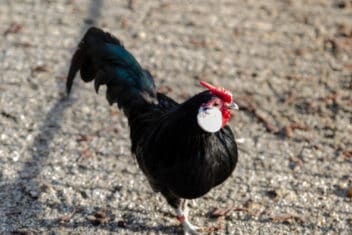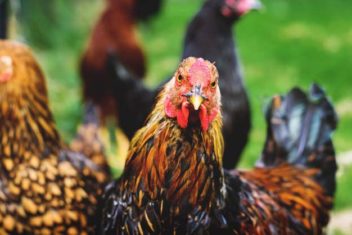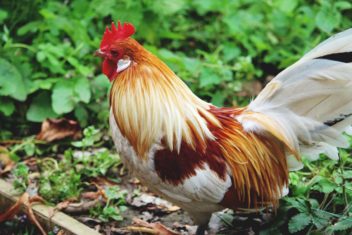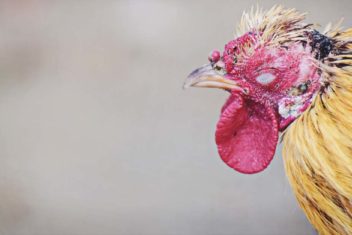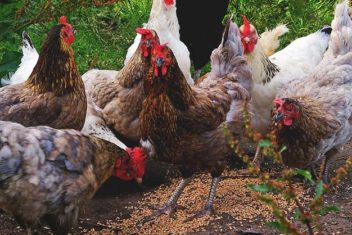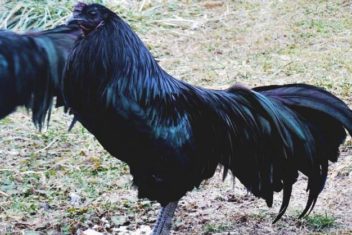It’s finally happened. Your sweet young rooster has grown some vicious-looking spurs. And you’ve never watched your back around him before, but those talons are creeping you out…big time.
You’re probably wondering, does he really need those?
And, if not, how do I de-spur my rooster?
Well, the answers aren’t that simple, but the good news is, you have options to consider.
But before you decide it’s time for the spurs to go, let’s dive into the purpose of rooster spurs so you can decide if removal is worth it.
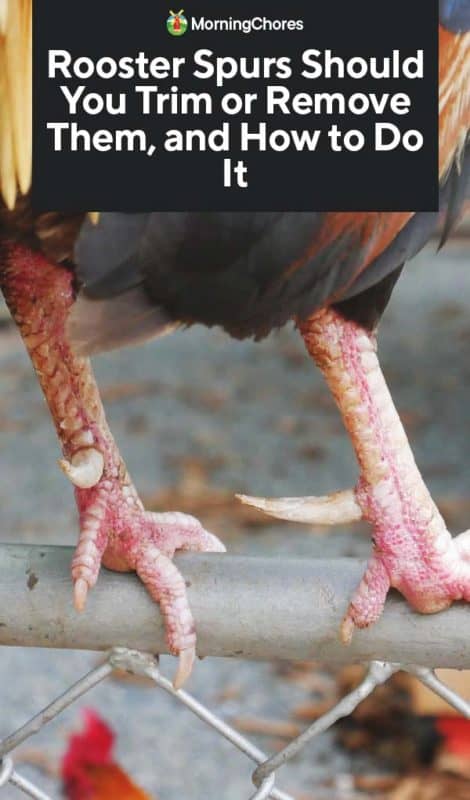
What is A Rooster Spur?
Think of a rooster spur like a fingernail…only a bit more mean. Spurs are part of your rooster’s leg bone and, similar to that of his beak, the spur is made up of keratin. These hard “nails” can grow quite long, and become extremely sharp over time. Within the spur, there’s a quick (that’s the fleshy, blood-filled part underneath the keratin).
A spur shows its ugly face around three months of age, and they start as a small bump on the rooster’s leg. The worst part is, spurs continue to grow throughout a rooster’s entire life. (kind of like your fingernails).
Why Do Roosters Need Spurs?
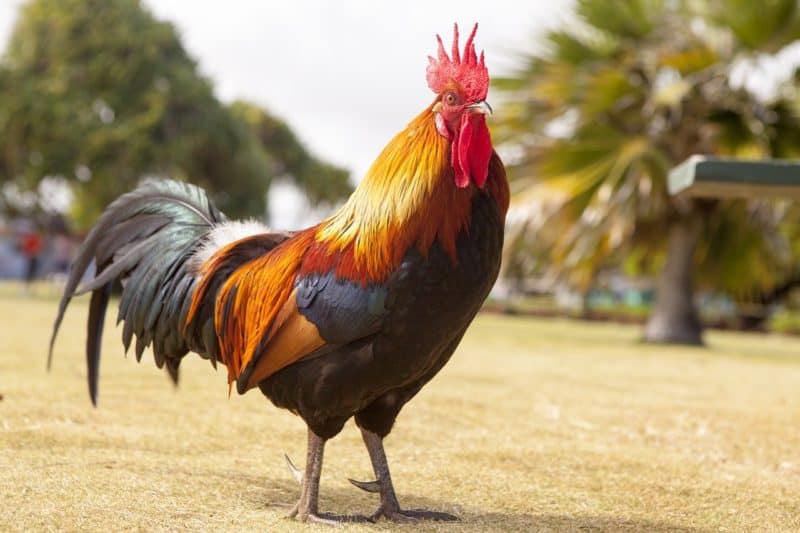
Aside from the fact that spurs let us know we’ve got a roo on our hands, as if crowing and impressive combs weren’t enough, they also serve a purpose for the rooster. Well, two purposes really. And they’re both pretty important.
1. Protection
Roosters use their spurs to protect themselves and their flock from impending doom and danger. These thick, sharp, talons were meant to take care of business.
If a predator comes looking for a nice meaty supper, most roosters will puff up their feathers, make a lot of noise, and attack meanies with their sharp spurs.
If your rooster is intimidating enough, he may not have to use his spurs to fight off beasties, but if not, he consults his heavy artillery.
2. Pecking Order
Unfortunately, roosters also use their little weapons to fight other roosters. You see, each rooster needs a certain amount of hens (usually this varies from rooster to rooster) and if there are not enough hens for the number of roosters in town, well, there’s going to be bloodshed.
Roosters may fight each other to the death or just enough to scare a secondary rooster into submission based on the pecking order. So if you want to keep roosters together, you should be sure to supply them with plenty of hens to avoid injury.
Rooster Spurs Are a Bittersweet Body Part
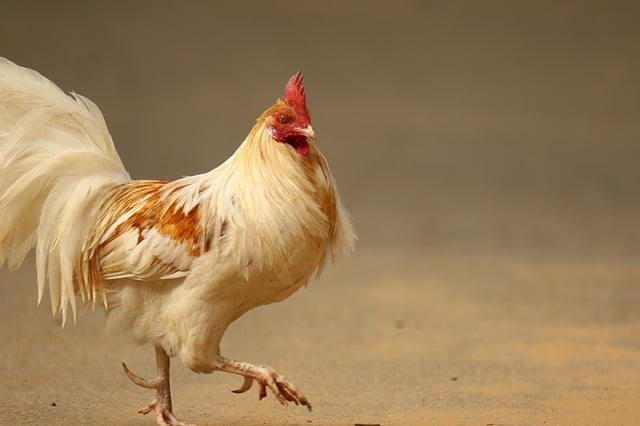
As you can see, rooster spurs do serve very important purposes. But whether you allow your roosters to have a spur “permit” is something you will have to decide on your own.
While flock protection and social order are important for your rooster and can save a lot of hen’s lives, you may want to take a look at the following reasons to rid your roo of his spurs.
1. They Can Injure Themselves
Unfortunately, your roosters’ spurs may get them into trouble from time to time. Like a long fingernail, it can get caught on things. If a rooster is stuck on something and cannot break free, he’s probably a sitting duck for predators.
Spurs can also grow awkwardly and as your rooster goes about his everyday business, the talon may brush against him repeatedly, causing wounds.
Of course, wounds often lead to infections.
2. Roosters May Hurt One Another
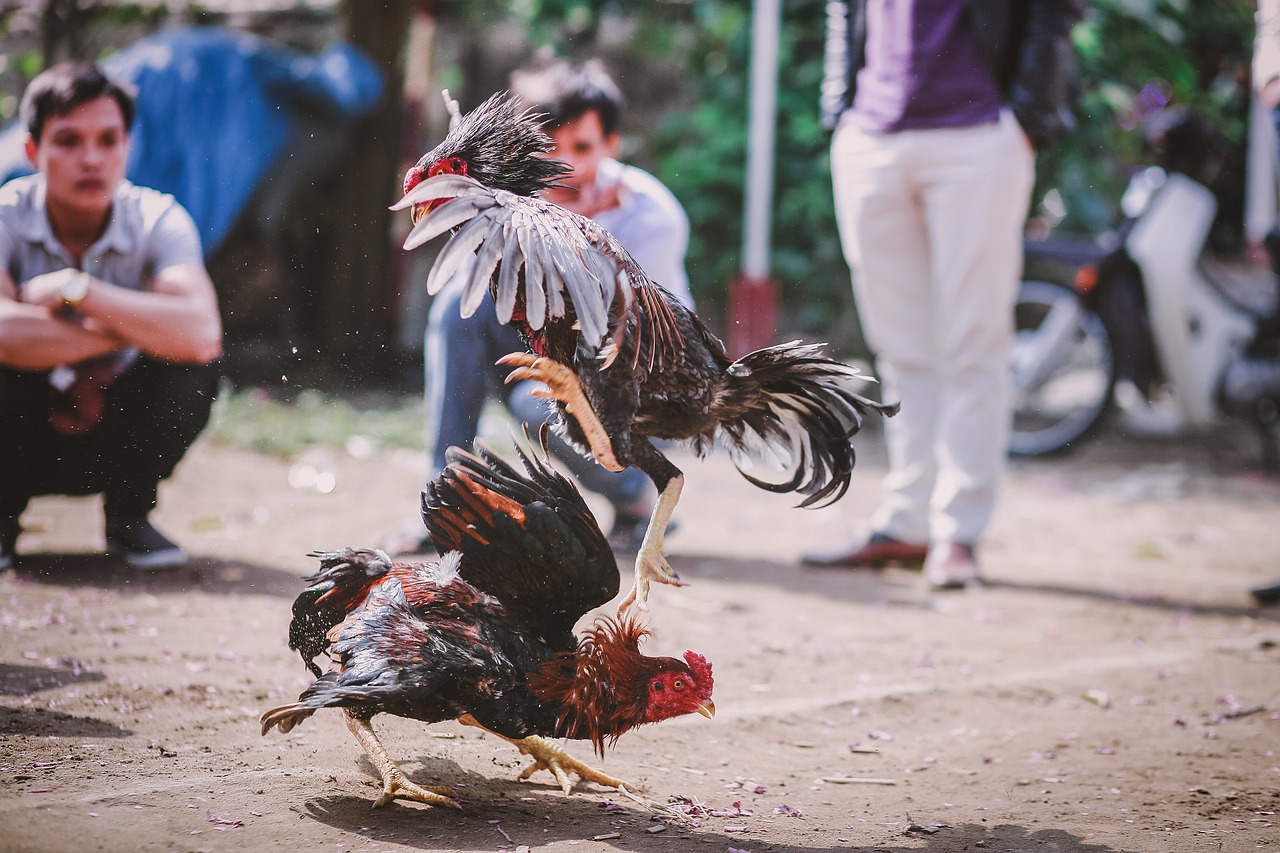
When roosters challenge each other, they use both their beaks and their spurs. It’s an awful sight to see and often these matches end in death.
If you have to keep more than one rooster, consider keeping them in their own runs.
3. Rooster Spurs Can Harm Hens
Inadvertently, roosters may hurt their beloved hens with their spurs, especially if they grow abnormally or are extremely long. When roosters mate with their hens, they jump on their backs and hold the hen still with their beaks and feet. Unruly spurs, or overzealous roosters, can cause painful injuries to hens.
And if you’ve ever seen hens running around with bald backs, it’s often due to a roosters mating habits or nasty spurs.
4. Spurs Are a Pain in The…
Lastly, roosters with unkempt spurs can injure you as you go about your morning chores. If your rooster has become territorial or perceives you as a threat to him or his hens, he may turn on you and use his spurs to either threaten or harm you.
Many will tell you that if you have a rooster like this, you should send him to “freezer camp” and not even mess around with removing his spurs. But, if he still holds a place in your heart and is a good rooster for your hens, you may want to revoke his spur permit.
Methods of Rooster Spur Removal

There are three ways you can go about removing your rooster’s spurs:
1. Surgically Removing Rooster Spurs
This method is best left to the pros. A veterinarian can permanently remove rooster spurs if they are causing problems. Never try to do this yourself because, as you now know, the spur is an extension of your rooster’s leg bone, and he could bleed to death if not done correctly.
2. Trimming Spurs
Since I’ve compared the spur to a human fingernail, you’ve probably already made the assumption that spurs can be trimmed.
And yes, they can!
Trimming is a great option for those who just want to keep the spur trimmed down a bit.
You won’t remove rooster spurs completely with this method, but it does prevent injuries on the farm.
You can use a dog nail trimmer to clip the end of the spur off. However, while trimming, watch out for the quick to avoid bleeding.
3. The Dremmel Method

More and more chicken owners are using a Dremel tool to grind their rooster’s spur down to a safer length.
The reason this has become a popular pedicure choice is that a Dremel cauterizes as is grinds the spur down. This prevents significant blood loss and infection.
4. Removing the Sheath
The sheath is the outer layer of the spur. Within it, are other layers and eventually the quick…think of the layers like a tree’s rings.
Removing the sheath is not as difficult as it sounds, but it does tend to be a little hard to accomplish if you’re a bit squeamish.
Here’s how it works:
The sheath is gripped with pliers and slowly twisted off, leaving the newer nail, and the quick, intact. Before attempting to remove the sheath, it’s beneficial to warm the spur as it makes it easier to remove.
Some use a hot baked potato to heat the spur for a few minutes. They simply stick the potato on the spur and let it soften the sheath. Then they twist, and off it comes.
The advantage of removing only the sheath is allowing your rooster to keep his spurs. Using this method requires routine maintenance, so keep an eye on your rooster’s spurs to monitor length.
Note: If you decide to de-spur your rooster, always have blood stop (cornstarch will do) and Blue Kote on hand to prevent infections and pecking.
Now you know…roosters spurs can be removed and you know how to remove rooster spurs. But it’s not something you have to do to all of your roosters. Only the ones with abnormal spurs, those with aggressive breeding habits, or the mean roos in the flock.
